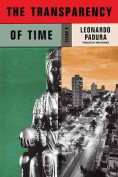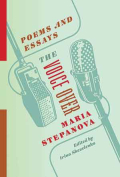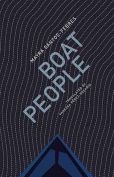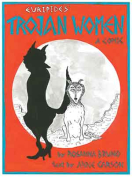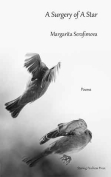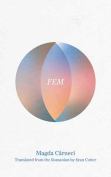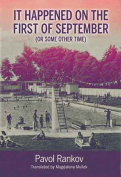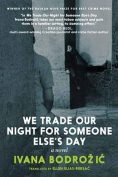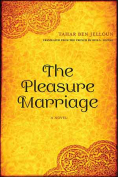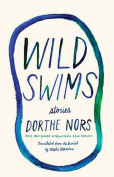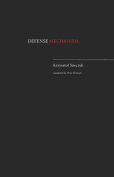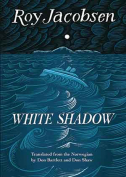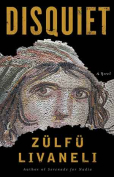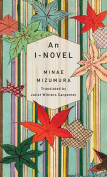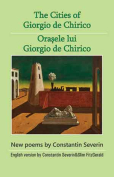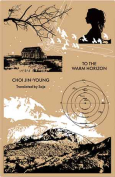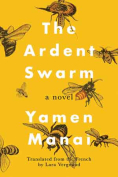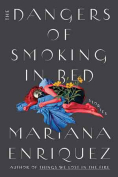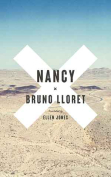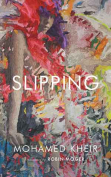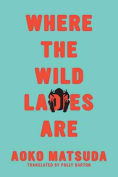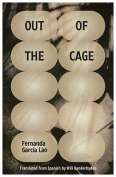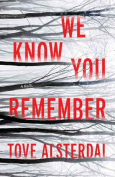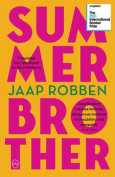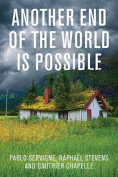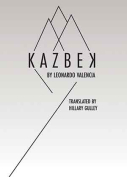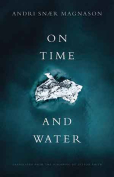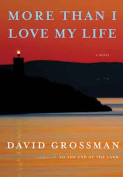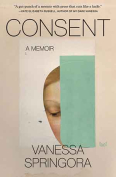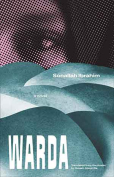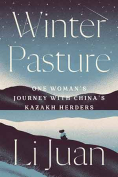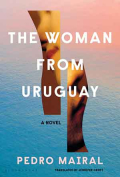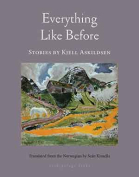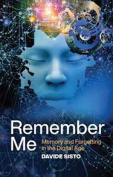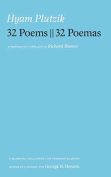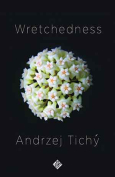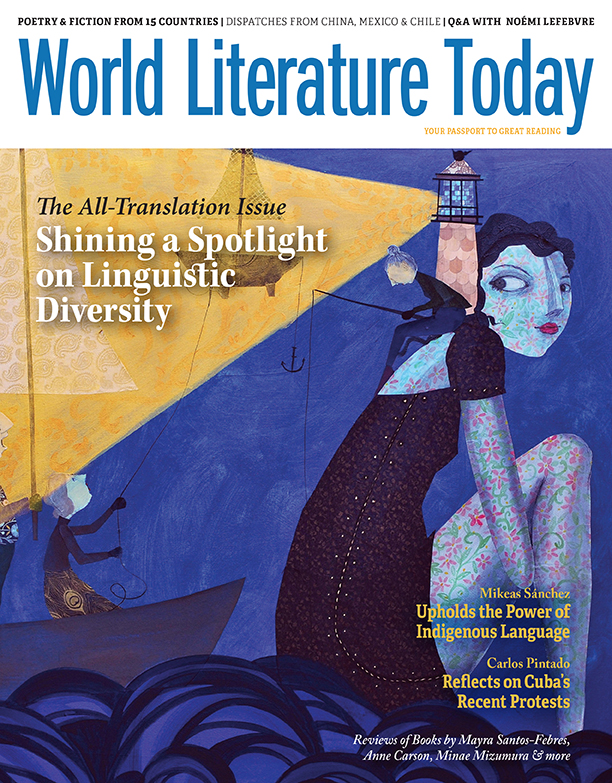FEM by Magda Cârneci
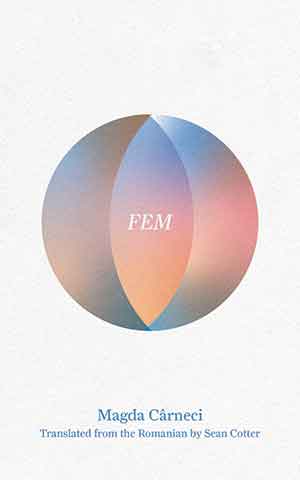 Dallas. Deep Vellum. 2021. 238 pages.
Dallas. Deep Vellum. 2021. 238 pages.
DEFYING DEFINITION AND regaining it only through comparison with formidable authors who take their art seriously, Magda Cârneci’s FEM is a meta-autobiographical narration in which the experience of feeling is itself the plot. An extended narration of dream sequences and memories of flowering from girlhood to womanhood, FEM is an exercise in analytical sensuality that is fluid but clear and easy to read, written in an epistolary form in which the narrator dons the guise of Scheherazade as she converses with a soon-to-be ex-lover. Language itself is a work of art that Cârneci seems to constantly whittle away at, harmonizing with the unnamed protagonist’s mission as she purposely sublimates her own life and personal history: “I am looking for a coherent image of the world, one that will fit into my mind, one where I can find my place. Or maybe a coherent magic of the world.”
The focus of FEM is sex—not necessarily the sexual act but the experience surrounding it, decidedly heightened, for Cârneci is no Philip Roth. If anything, she writes love with rapture, I daresay as well as Anaïs Nin writes it. The dream sequences point to an obvious surrealist influence, but Cârneci also engages profoundly with classical tropes, such as sexual shape-shifting—thus finding creative kin in female authors who have done this so successfully, such as Anne Carson and Alice Oswald. It is certain that Cârneci reworks a personal and universal odyssey of a “sentimental education.”
Having also read Magda Cârneci’s poetry, what strikes me as her trademark is a feeling of emotional intensity seeming to continuously rise to a fever pitch, balanced by a patently aestheticized style that nods not only to the author’s background as an art historian but to her nature as a true artist: “He is lilac and translucid, he looks as fragile and as precious as a glass vase, from mysterious Etruscan graves.”
As for Sean Cotter’s translation, it is downright transparent, as fluid as the text itself: “I left the earth behind, an Easter egg painted with a lot of blue, a little yellow-ochre, and dark green, an ever smaller egg, ever farther away. I drifted tranquilly past the moon, with its puffy, red face, like a young girl crying, praying, and begging, always begging for something, some particular thing, from her terrestrial mother.”
Andreea Scridon
University of Oxford
